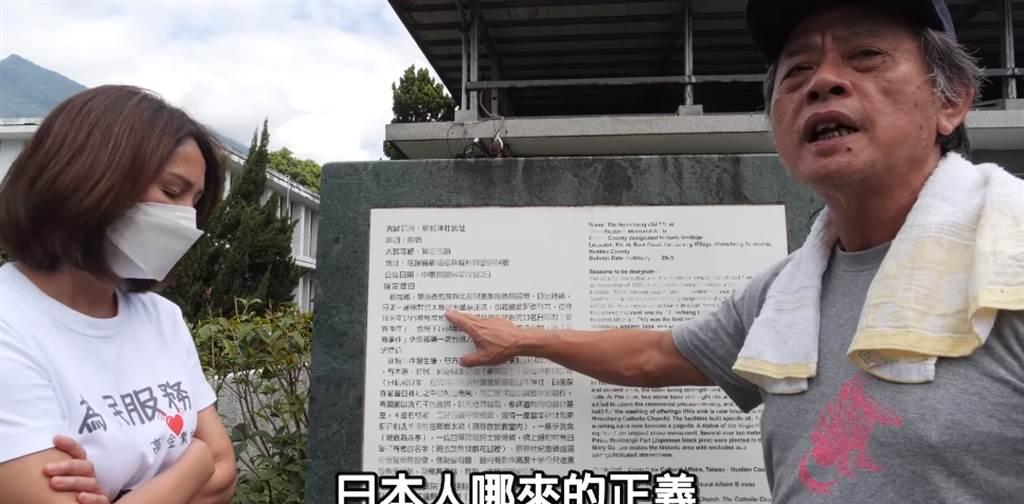Taiwan's public television drama "Scalo" was viewed on a red disk, but among them, the role of US consul Li Xiande, the historical positioning was controversial and attracted heated discussion from all walks of life. Gao Jinsumei, a non-party "legislator," bitterly criticized that Lee had done great harm to Taiwan's ethnic minorities, but the drama did not conform to historical facts, but the official claimed that it was a "historical drama," which was another insult to the slaughtered ethnic minorities, and this remark was surrounded and suppressed by green fans.

In this regard, Gao Jinsumei published a special film on the 26th, the first episode from the Japanese shrine to discuss Japan's imperial democratization and brainwashing methods of the colonies during World War II, anti-criticism of the rulers said "let the world see Taiwan", but let the world see Taiwan's restoration of Japanese militarism brainwashing tools.
Ko Kim Su-mei said that in recent years, some places have promoted the reconstruction of shrines in the Era of Japanese Occupation, and they said that the reason for the reconstruction was "for the sake of Taiwan-Japan friendship." She questioned, what is the historical coordinate meaning of "shrine" in the minds of these people? Is it similar to the "228 Monument"? Or is it like the "Chiang Kai-shek Memorial Hall"?
Gao Jinsumei went to the Xincheng Shrine in Xincheng Township, Hualien County, and together with Pan Chaocheng, a karmalan literary and historical worker, frankly said that she wanted to teach everyone a lesson at the shrine: On July 7, 1937, the Lugou Bridge Incident, Japan launched an all-out war of aggression against China; in August 1940, the Japanese government proposed the "Greater East Asia Co-Prosperity Sphere" to launch a comprehensive war of aggression in Asia and Oceania; in 1945, Japan's defeat and surrender, the Japanese emperor openly declared that "the emperor is a man, not a god." Gao Jin pointed out that from the above historical trajectory, it can be seen that the "shrine" was one of the tools used by Japanese militarism to launch a war of aggression, a link in promoting the "imperialization" of the colonial people, and a "brainwashing means" to gather support for the war.
Ko Kim Su-mei criticized that the "reconstruction of the shrine" has nothing to do with Taiwan-Japan friendship, but is a statement of promoting the consciousness of the imperial people, a phenomenon of Japanese militarist restoration, and a ridiculous drama that spans time and space. Taiwan's rulers often say," "Let the world see Taiwan," but "rebuilding the shrine" is a brainwashing tool for the world to see Taiwan's restoration of Japanese militarism. (Editing by Xue Yang)